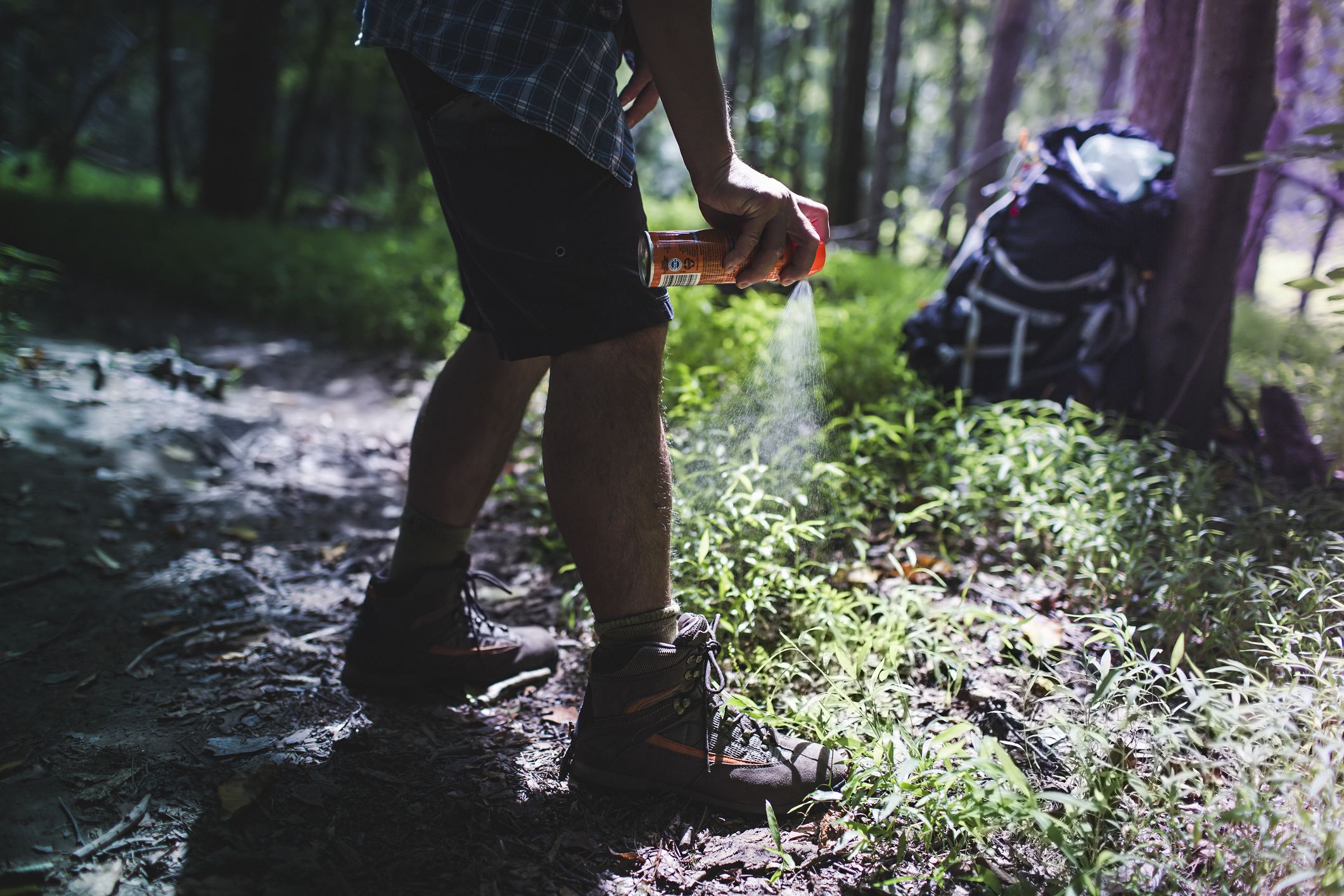Malaria is an ancient mosquito-borne disease, but it still plagues millions of people worldwide every year, according to the World Health Organization. In fact, an estimated 216 million cases occurred globally in 2016-and only 15 countries dealt with a majority of them.
Many countries have eliminated malaria successfully, while others are moving closer to success. But malaria still persists in certain regions, particularly in southern Africa. Lots of challenges lie ahead in the quest of complete worldwide eradication of the disease, but every year on April 25, officially deemed World Malaria Day, we can take a look at the progress that has been made and the work that still needs to be done.
When you think of mosquito-borne diseases, your mind probably jumps to the Zika and West Nile viruses, so you might be wondering: what exactly is malaria, anyway? And do you truly need to worry about it when you explore a new country? Here’s everything you should know about malaria, how common it is, and how to protect yourself during your next tropical excursion.
What is malaria?
Malaria is caused by a parasite that infects a certain kind of mosquito, which then hops from person to person, according to the Centers for Disease Control and Prevention (CDC). The parasite spreads waste and toxins into your infected blood cell, which is eventually distributed throughout your bloodstream. Malaria can also be transmitted through blood transfusions, but that is extremely rare. The disease is not contagious, so you can’t be infected with it by touching or sitting next to someone who has it.
Symptoms don’t typically appear until seven to 30 days after you’ve been infected, which can often result in a delayed or misdiagnosis. That’s a problem, because certain kinds of bugs can set up shop in your liver, reactivating the disease months or even years after your infected bite, the CDC says.
The symptoms of malaria are similar to the flu and commonly include chills, headache, fatigue, muscle aches, nausea, and vomiting. Because you’re losing red blood cells, you may experience anemia and jaundice (yellowing of the skin and eyes).
If the infection is left untreated, more severe symptoms could occur. This includes kidney failure, seizures, mental confusion, or even coma and death. This type of malaria is extremely uncommon in the United States and is more likely to impact Africa south of the Sahara desert.
How is malaria treated?
The good news is, once you’re properly diagnosed, malaria can be treated with prescription drugs. The type of drugs and how long the treatment lasts depends on the type of malaria, where you were infected, your medical history and how sick you are, whether or not you’re pregnant, and any other medications you may be taking.
How common is malaria?
Roughly 500 cases of maleria are reported in Australia every year, but almost all of these occur in people who have spent time traveling outside of the country.
Malaria occurs in more than 100 countries and warmer, tropical climates-like Africa, South Asia, parts of Central and South America, the Caribbean, and the Middle East-have a higher risk of transmission.
How to Protect Yourself From Malaria When You Travel

There are a couple of things you can do to prevent malaria: take an antimalarial drug and ward off mosquitos. You can get antimalarial drugs through a doctor and should only really consider it 4 to 6 weeks before traveling to a location where malaria transmission occurs.
To protect yourself from all mosquito-borne illnesses, here’s what you can do to minimise your chances of a bite:
- Wear protective clothing, like long-sleeved shirts, pants and hats when you’re outdoors.
- Apply insect repellent to skin that’s not covered. Look for a product that contains at least 7 to 10 percent DEET.
- If you’re staying in a room that’s not well-screened, consider sleeping under an insecticide-treated bed net.
(Want to pick up some healthier habits? Sign up for FREE to get healthy living tips, weight loss inspiration, slimming recipes and more delivered straight to your inbox!)





.png&h=193&w=250&c=1&s=1)
.png&h=193&w=250&c=1&s=1)


